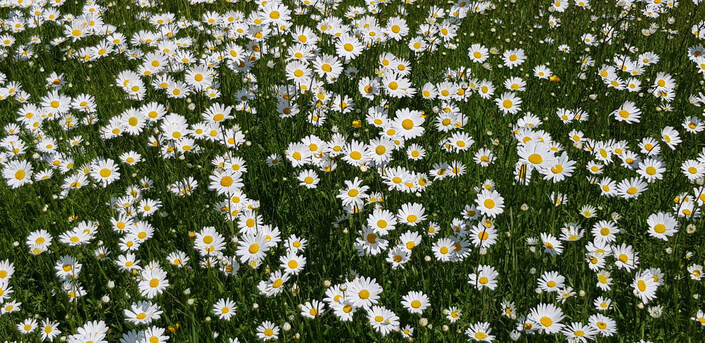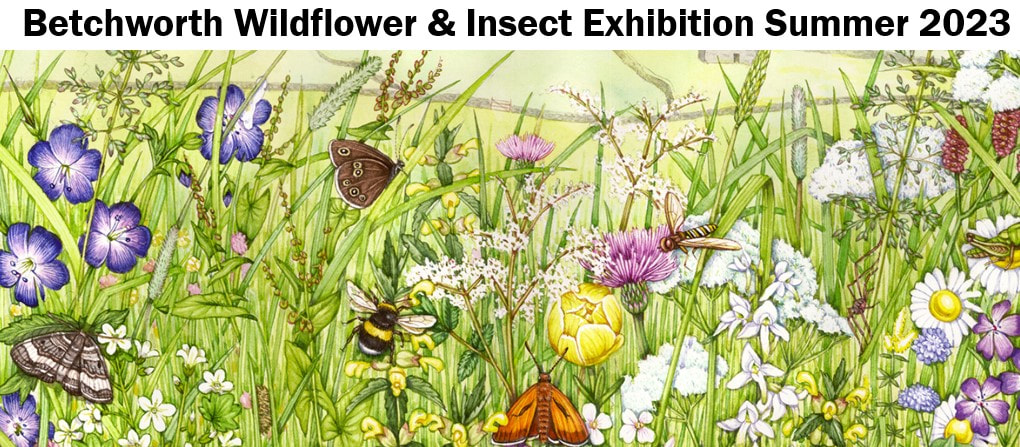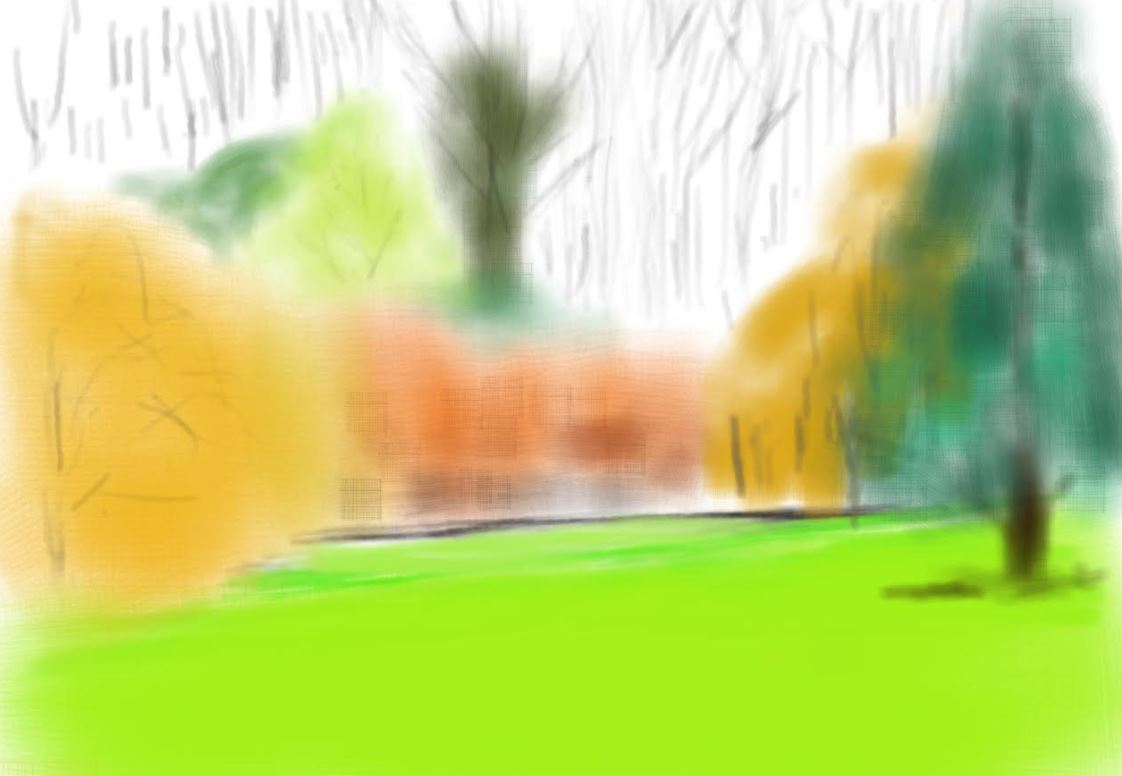For the last 5 years I have not mown the grass in a substantial area of my garden until late July. This year I have expanded the area as a contribution to the B-Line project to around 1500 sq m. Slowly but surely since the end of April 5 weeks ago a multitude of stalks has risen above the daisy covered grass, herbs and mosses that constitute what we call our lawn. With the late May sunshine and warmth the beautiful white oxeye daisy flowers have emerged in their tens of thousands. They are a magnificent site especially when the wind catches them and they bend and ripple as if in a synchronised dance. It is easy to see why they inspire people to write poems or in my case create a nature movie.
Oxeye daisies are a small perennial plant and they are quite common where I live but nowhere do they occur in the density and profusion as in my garden. Typically they are 40 – 50cm tall with a 3 to 5 cm wide flower comprising pure white petals surrounding a bright yellow centre. The yellow centre of the oxeye daisy is made up of many small flowers which hold nectar and are exploited by various pollinating insects, including butterflies, bees and hoverflies
The plant is self-seeding: a mature plant can produce up to 26,000 seeds. They also spread by shallow, creeping rhizomes. These ways of reproducing mean that the plants can quickly establish and spread over quite large areas if the conditions are right. Prior to 1970 when my house was built this was agricultural land so I don’t know whether the daisies are naturally seeded or were sown by a previous owner when he dug out the pond to create this garden.
While it would be interesting to know how and why these daisies came to be here – the point is they are here now and thanks to the happy accident of leaving the grass unmown five years ago we are now able to share and enjoy their annual cycle of renewal.
| Helping nature to fulfil it’s potential, in the sense of enabling the oxeye daisies to reach maturity and produce the seed for a new generation of plants, makes me feel I am doing the right thing and the magnificent spectacle they provide encourages me to not only carry on doing what I am doing, but to do more. In other words the feedback I gain from my garden encourages commitment to sustaining these activities. Furthermore, there is no doubt in my mind that the sight of these flowers and the life they support makes my spirit soar and they inspire me to try to be creative using the medium of photographs, video, music and digital art. | Some experiments in digital art using free Lunapic software |



 RSS Feed
RSS Feed